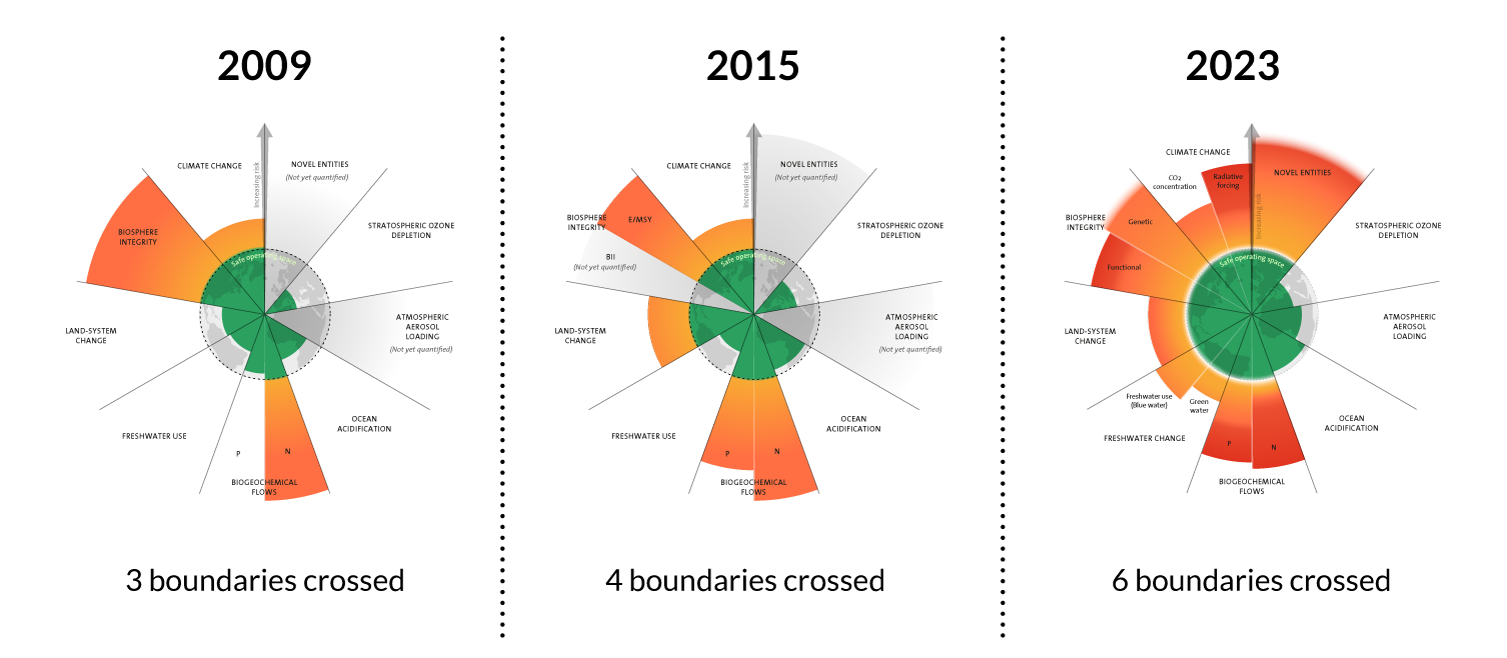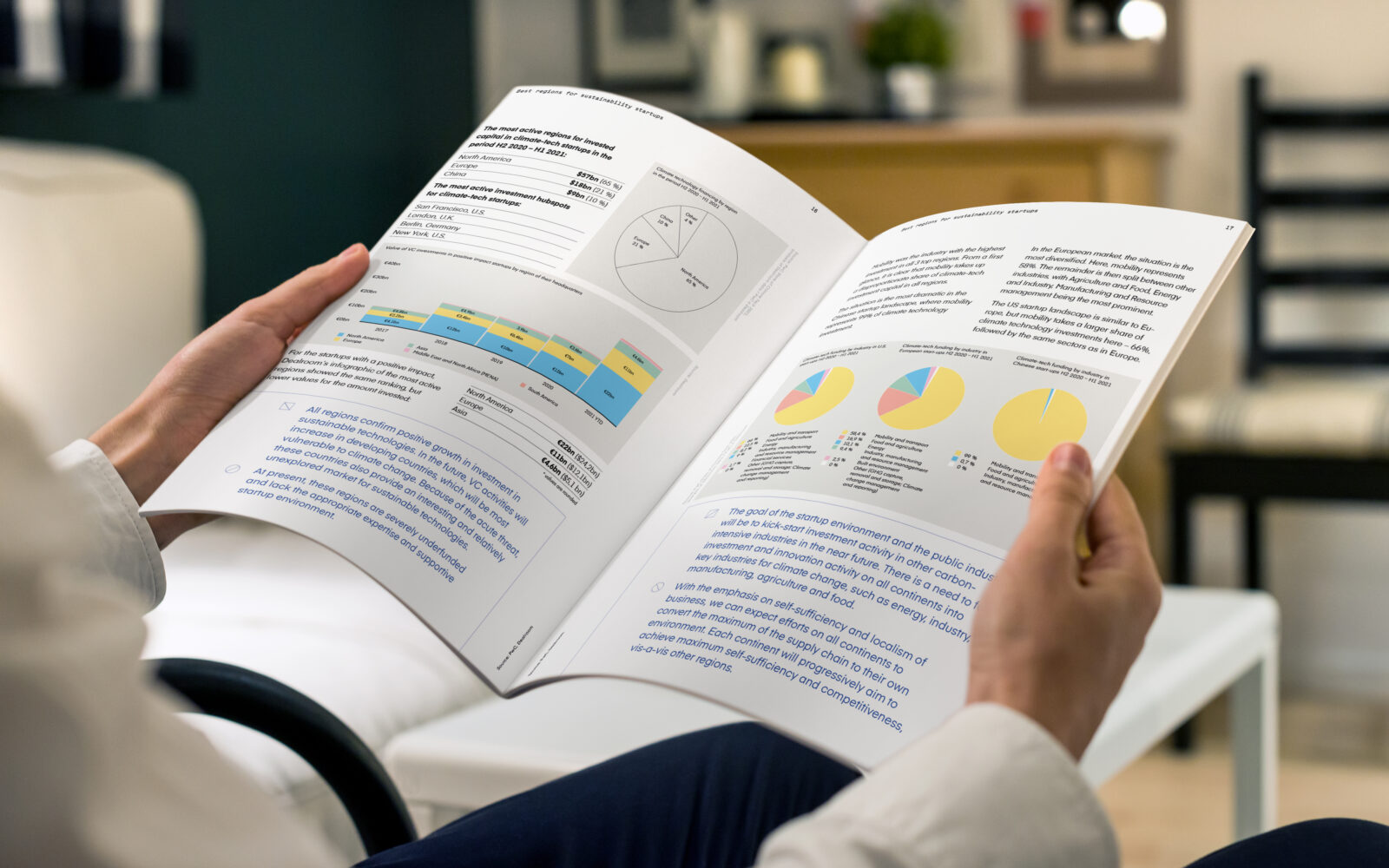The word “emotion” can cause a “feeling” of distrust in predominantly rational individuals. The truth is that emotions are not defined uniformly (Nakonečný, 1998). Some theorists assess them based on their biological significance, others list their basic features to distinguish them from other manifestations, others consider them to be highly individualistic and unsuited to be defined uniformly. It is remarkable that the unprofessional public still largely holds that emotions are irrational, stand in contrary to reason, or that they have a disorganizing effect on the human psyche. However, emotions fulfill essential functions in human life, they intertwine with the whole sphere of the psyche, affect memory, learning, motivation and the value system.
The term “emotional intelligence” was first defined by Salovey and Mayer. They see it as a hierarchically structured type of intelligence, as a cognitive ability that allows one to think about emotional information, understand them, link them to thought, and to perform optimally on that basis. High emotional intelligence alone does not mean that one will be able to use it properly, it only represents a potential that needs to be developed. However, if one transforms their emotional abilities into skills and learns to use them in social situations, then they can be adept at both emotional and interpersonal areas, regardless of cognitive activity.
And how is the young generation doing regarding emotional intelligence? It grows up in the virtual world, communicates indirectly through social networks, has a lack of movement, is brought up in unclear or benevolently set boundaries, witnesses a decline in morale, reduced emphasis on specific knowledge and the decreasing value of education. The consequence of these phenomena is their reduced physical and mental resistance. They lack physical strength, have difficulty controlling themselves, negotiating, solving problems, coping with demanding situations, navigating and correcting their emotions, and understanding other people’s feelings. This makes them vulnerable, often helpless, out of balance and sometimes unhappy. These people appreciate when some of those mysterious phenomena are explained, demonstrated, uncovered; if they can analyze, understand, regulate and use them for their benefit. One group of these “mysteries” for them are emotions. They often cannot name, explain, or handle them. They cannot assess what other people feel and why they feel it.
Sensetio, the unique psychodiagnostic method, can help them. Why the Sensetio method? Emotions are intricately linked to body reactions. James (1890), who stated that bodily changes come immediately after perceiving the exciting reality that one experiences and has described feelings as emotions, is considered to be the founder of the physiological approach to emotions. His opinion on the issue is still influential today. When looking for specific physiological profiles of different emotions, it has been discovered that skin conductivity is a separate variable that exhibits some stability in the distinction of emotional states (sadness, fear, anger, disgust). The Sensetio method builds on this fact. It is based on the exact measurement of the physiological manifestation of currently experienced emotions, namely the measurement of skin conductivity and heart rate variability. It is based on the knowledge that the intensity of physiological expression of emotions increases due to stressors. The measured person obtains objective data about their mental state and the actual physiological manifestations of emotions. They can use this information to understand the events that take place inside them, to decrypt, analyze and use them for their benefit, and to regulate them. Over time and with the long-term use of the Sensetio method, they will feel stronger, contented, more balanced and happier. They will better understand other people’s behavior and emotions. They develop and deepen their emotional intelligence.





















































